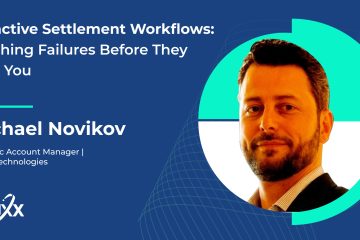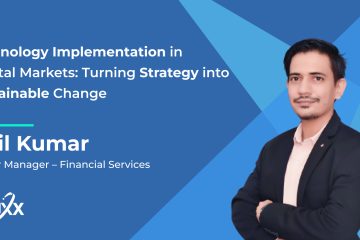Many investment firms encounter a familiar challenge post-implementation: the system fails to reflect how their teams actually operate.
Platforms like Charles River IMS (CRIMS) and BlackRock Aladdin are robust, enterprise-grade systems designed for broad applicability across asset managers. However, their out-of-the-box configurations are intentionally generic to support a wide range of clients. Without targeted customization, this often leads to a disconnect between platform capabilities and the firm’s unique investment workflows.
The result? Teams revert to spreadsheets, shadow systems, or workaround processes – undermining the platform’s intended value.
The Gap Between the Platform and the Process
No two investment firms operate the same way. Each has its own blend of desk structures, asset classes, regional nuances, and even job descriptions. Yet many CRIMS/Aladdin implementations are deployed with a “standard” setup, optimized for broad functionality rather than firm-specific reality.
Even after a successful implementation, cracks start to show:
- Portfolio managers, traders, and compliance teams experience friction in cross-functional handoffs.
- Teams revert to spreadsheets and external tools to bridge workflow gaps.
- Key fields are misused, reports are built outside the platform, and workarounds multiply.
The platform works, but it doesn’t fit.
Why This Happens
Several reasons contribute to this misalignment:
- Generic defaults: The platform doesn’t reflect the investment philosophy, risk model, or desk layout of your firm.
- Data silos across functions, where the right data exists but isn’t surfaced to the right teams in the right context
- Overly complex interfaces that discourage regular use
This leads to a troubling paradox: even though the firm has invested in a world-class platform, critical investment decisions are still happening off-system, in emails, spreadsheets, or meetings.
Reframing the Solution: Start with the Workflow
Rather than layering more features, firms should start by mapping the workflow from the ground up.
That means:
- Conducting task breakdowns with actual users, not just platform admins.
- Documenting how things really happen versus how the system expects them to.
- Identifying skipped steps, duplicated tasks, and manual workarounds.
- Using these insights to reconfigure the platform, not to change how teams work, but to support how they already do.
Design + Engineering: A Collaborative Approach
Fixing workflow misalignment isn’t just a tech problem. It’s a design and behavior problem, too.
- Design helps capture user behavior, intent, and friction points.
- Engineering evaluates the technical feasibility of new flow structures or UI changes.
Together, they can shape the system to behave more like your team thinks.
“You don’t need more features – you need your system to think like your team.”
Bridging the Gaps with Interface Layering
Misalignment often shows up at the interface layer. The same data means different things to different teams:
- PMs look at portfolios by investment thesis
- Traders look at them by instrument and timing
- Compliance reviews them by risk profile and limits
We’ve seen success in building context-aware UI layers:
- Views that change based on the user’s role
- Shared dashboards for smoother trade handoffs
- Streamlined access to relevant filters, tags, and status indicators
This approach doesn’t change the platform – it unlocks it.
Workflow misalignment isn’t always a sign of a failed implementation. Often, it’s a sign of static configuration in a dynamic business. CRIMS and Aladdin are capable platforms – but only if they reflect how your teams truly operate.
How Boutique Firms Bridge the Gap
While CRIMS and Aladdin provide powerful infrastructure, true alignment only comes from configuration and customization that reflect real-world workflows. Boutique firms – especially those with hands-on domain expertise – bridge the gap between generic system capabilities and the nuanced needs of investment teams.
They do this by:
- Mapping current-state workflows and identifying friction points
- Designing role-specific interfaces that reduce noise and surface the right data
- Building lightweight extensions to connect systems and close process gaps
- Ensuring data flows match how teams actually work – across functions and formats
At Ionixx, we specialize in helping firms extract more value from their existing platforms. Our toolkit spans from workflow diagnostics to purpose-built UX enhancements.


